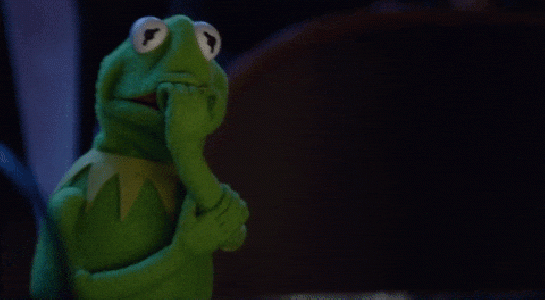5:00 a.m.
My alarm goes off. I get to making coffee. So, I’m a barista for the moment. It might be the most important job I’ll do all day. Making the coffee gets my wife out of bed on time for her work as an archaeologist. Thanks to her, I’ve been able to spend the last year and a half working at Heavy Key Studios, a game studio that I own and run with two partners, Thiago de Oliveira and Adam Campbell.
5:30 a.m.
I’m a community manager and social media expert. I’m checking in with industry news, which is an interactive process. Just reading the articles isn’t enough. I need to keep track of the Twitter and Facebook feeds of dozens of game developers from around the world. As in any industry, networking is important. It’s just that the people in my network are literally always active.
It’s not just because of my international friends. Matt Sharp, a local designer who is both an excellent programmer and a vicious Smash Bros. competitor is often still awake. He runs Momiji Studios and is one of my most trusted industry contacts. Lately, he’s ramping up work on a secret project.
6:00 a.m.
If I’m lucky, I have time to wear my business manager hat. Sometimes my social media work clues me in to bugs or other issues our users have experienced with our games. Here’s where I get to plan out how we’ll deal with them, as well as turn that contact with our players into a connection through a direct reply.
If I’m feeling awake enough, I’ll plan out the rest of my day, review download and purchasing numbers, check our bank balance and reach out to one or two of our outside contributors via email or Facebook.
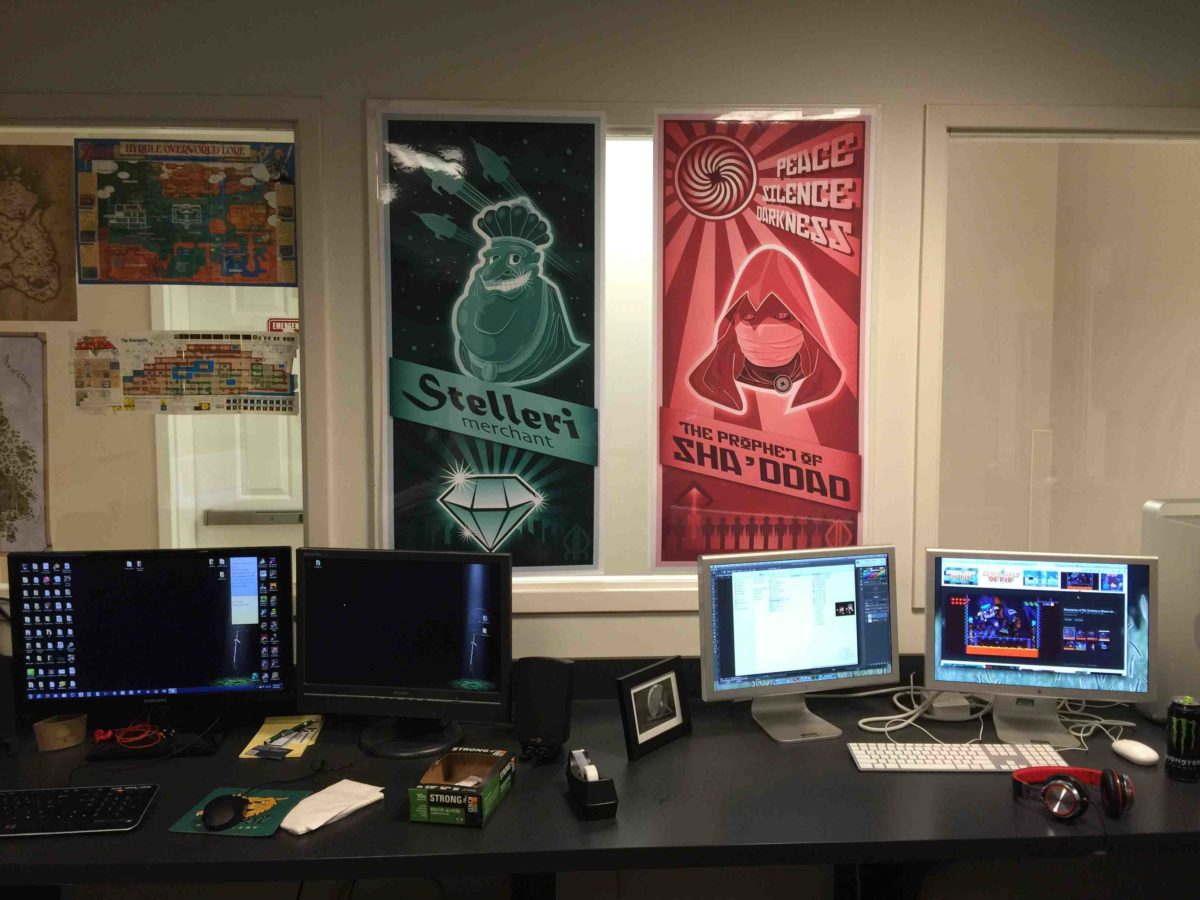
The Heavy Key Studios office at Wilmington University College of Technology’s business incubator. (Courtesy photo)
8:00 a.m.
I’ve arrived at the office. Here’s where I can check in on the state of our current project, Blind Blades, a dueling samurai game crossed with hide and seek. What assets have been completed since yesterday? What are we still waiting on? Some of this work will fall to me directly.
In addition to the multiple management roles I fill, I also handle game design and animation for our studio. In Blind Blades, the grass flattens as your samurai charges through it. The weather transitions from rain to snow and back again. A train charges through the battleground, complete with horn noises and clouds of steam. These are some of my animation contributions.
On the design side, I decide how many players we should have, whether we’ll rely on rounds or lives (rounds for Blind Blades), how many hits a player can take (one, in this case) and how many players should be able to play at once (two to four). These decisions have to be documented someplace everyone can reference them. We use Google Docs to maintain our design documents.
10:30 a.m.
It’s time for another cup of coffee and a check in with my boss. My partners and I all work additional jobs to help us make ends meet. For my part, I work at Wilmington University as an adjunct instructor, teaching game design and production to the next generation of designers. This role is a critical part of our work not just to build a network of professional contacts, but to help pave the way for the burgeoning video game industry in Wilmington.
Over the last two years, the university has cultivated direct ties to local studios like mine, as well as Momiji, Luna Wolf, Procul Games and Remort Studios. It has quickly become a bastion of support to our industry thanks to the persistent efforts of people like Scott Shaw, who chairs the university’s game design and development program.
Noon
I’m writing — fiction, not emails. We’re looking ahead to our next project, and it’s going to contain a lot of interactive short stories. So, I’m writing branching stories that cover the wide array of possible decisions a player might make when their spaceship encounters one of the sixteen alien races I’ve dreamed up. Using Twine, I’m able to write the stories and then have people play through them like a digital Choose Your Own Adventure book.
2:00 p.m.
I’m writing shaders. Shaders are essentially a kind of program that tells your computer what to display on your screen. I’m laughably self-taught, but it’s been worth it. It’s an uncommon skill among indie developers and it can really help set apart your game.
In Blind Blades, we use a shader to hide your character’s team color when they’re disappearing into the background. We’ve decided to add a taunt action that makes your character visible, so I’m adding some math to transition that visibility. The code is a bit math intensive. Here’s an example:
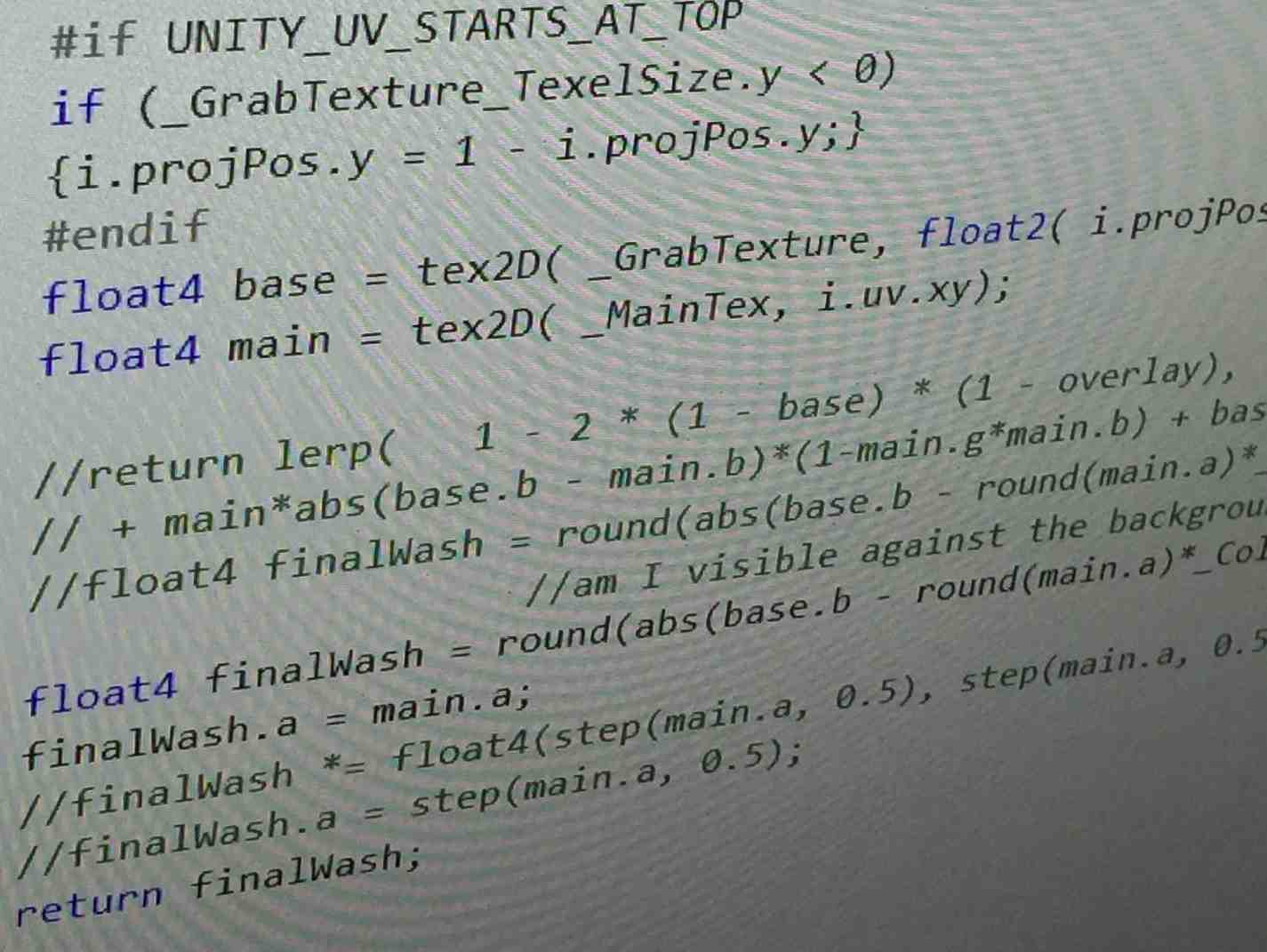
Says Jesse: “All this just to make something appear and disappear.” (Courtesy photo)
4:30 p.m.
I get to go home for dinner. Ideally, I’m cooking dinner for my wife. Lately, I’ve been improvising with pork loin. It’s a cheap cut that takes a variety of flavors well.
6:30 p.m.
While I usually have my evenings off, when I have a project that needs night work, it starts at this time. I’ve been revising one of our 3D models to accommodate the limitations of 3D printing. We’ve been hosting Blind Blades tournaments at local venues (did I mention I also have to be an event planner/promoter?), and we need a suitable trophy to give away. This printed 3D model will function as our trophy topper.
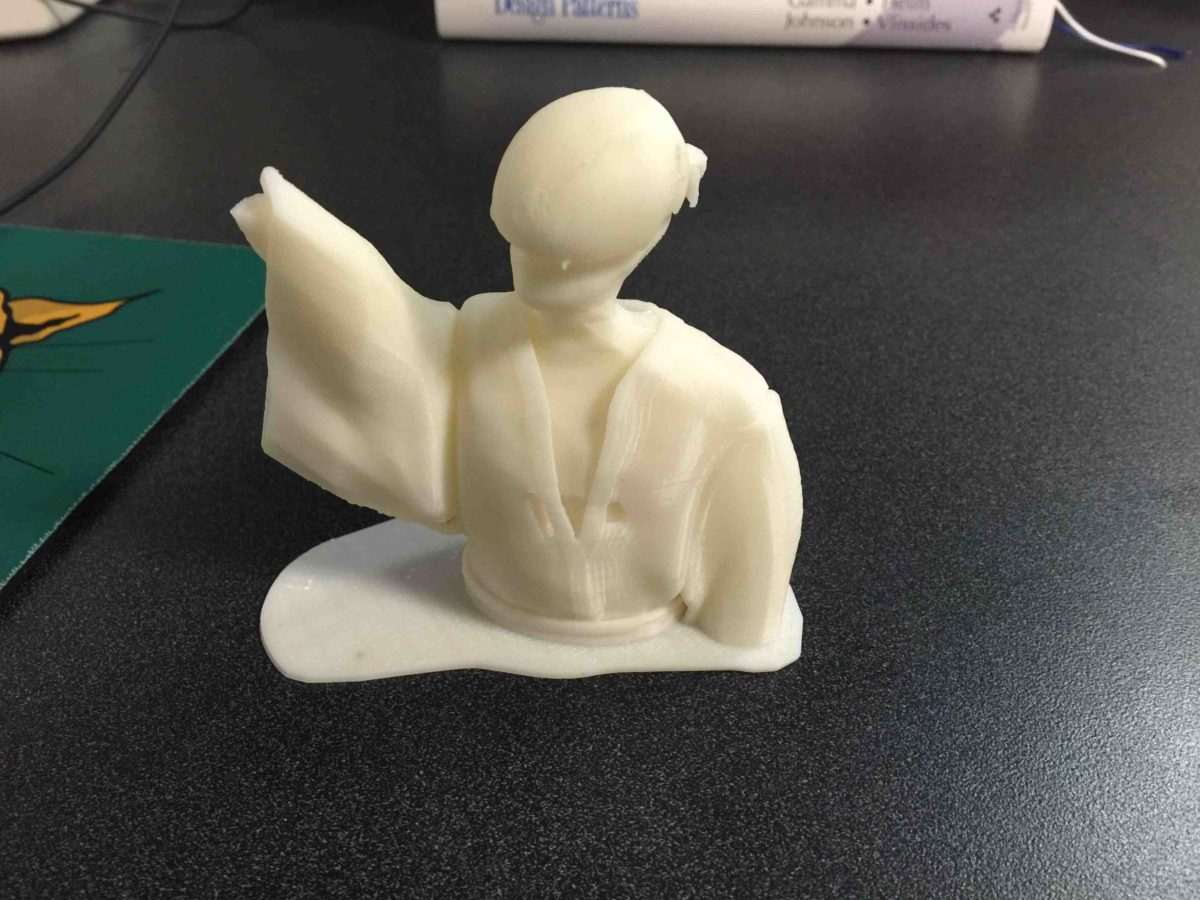
Says Jesse: “3D printing is harder than it sounds. This is supposed to be a samurai…” (Courtesy photo)
9:00 p.m.
If I’m lucky, I’m asleep. As you can imagine, my brain struggles to keep up with it all. I often find my mind wandering back to a development problem when I should be enjoying my brief family time or paying attention to the road on my commute. It’s been worth the effort though. We’ve put out two games in a year and a half. We’ve helped grow the local industry and the state is starting to take notice.
Our intent is that people enjoy our games enough that we can keep making them and helping others to do the same. Now we’re releasing Blind Blades on Steam and Indie Game Stand. We made the first version in 96 hours for a competition last August, and we’ve been polishing and fleshing it out ever since.
Recently, we showcased in June at Too Many Games, a convention in Oaks, Pa. It’s been an amazing pleasure to watch whole families pick up controllers and chase each other around our black and white environments, laughing gleefully as each triumphs in turn. Those are the moments that make it all worth it.

Technical.ly's Editorial Calendar explores a different topic each month. The July 2016 topic is gaming. See gaming coverage from all five of our East Coast markets here.
Before you go...
Please consider supporting Technical.ly to keep our independent journalism strong. Unlike most business-focused media outlets, we don’t have a paywall. Instead, we count on your personal and organizational support.
Join our growing Slack community
Join 5,000 tech professionals and entrepreneurs in our community Slack today!

A new model for thinking about how to grow regional economies: the Innovation Ecosystem Stack

Delaware’s next governor will be an entrepreneur. Here’s why Matt Meyer thinks it matters.
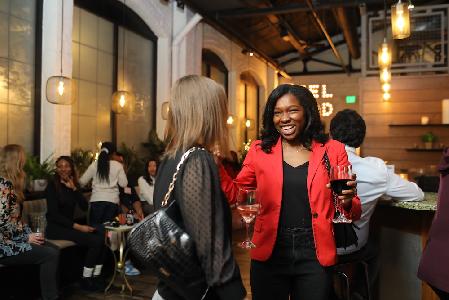
20 tech community events in October you won’t want to miss
